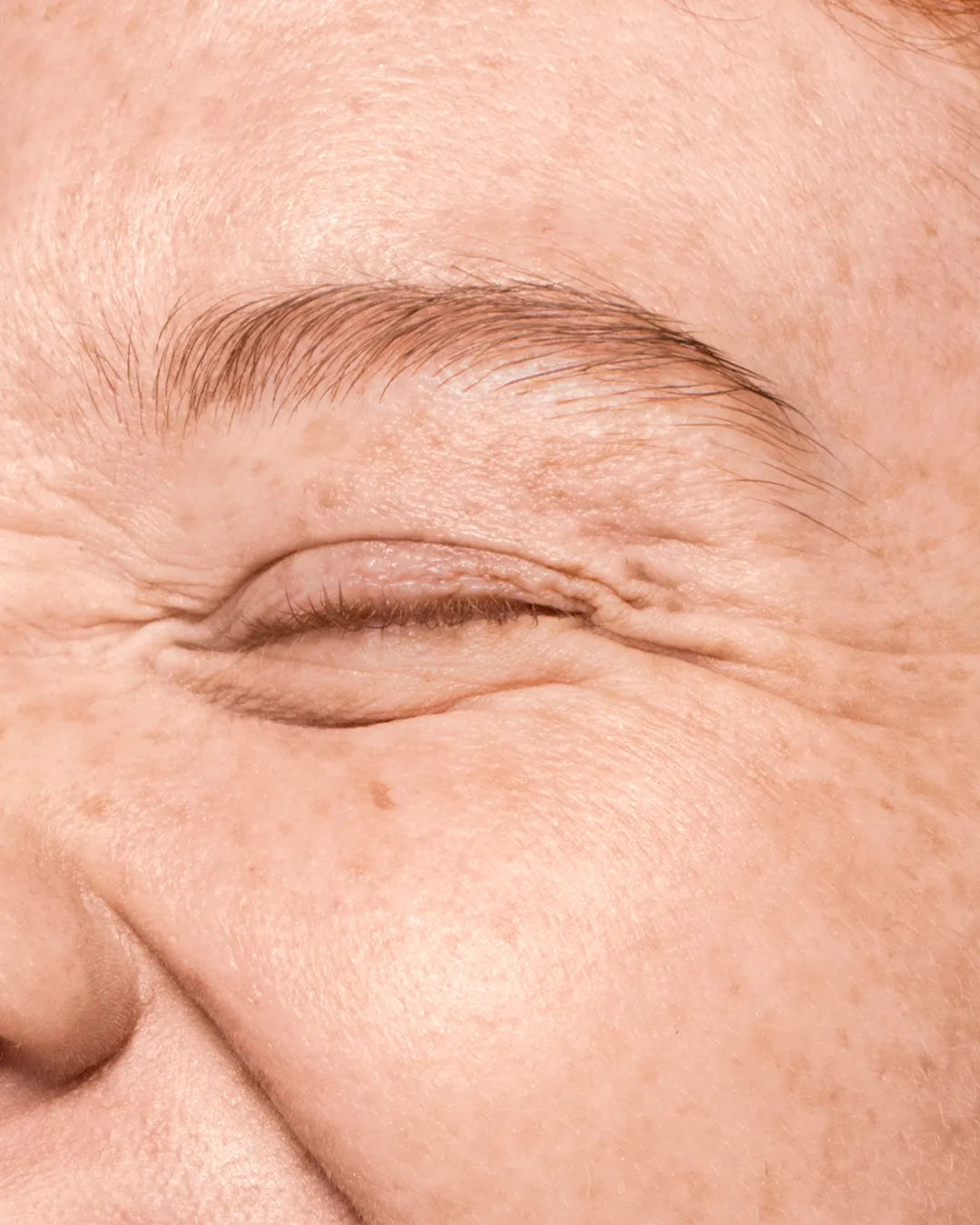Hyaluronic Acid: 4 keys you didn't know
Discover Hyaluronic Acid and fall in love with it!

When we think of Hyaluronic Acid (H.A.), several images may come to mind: needles, swollen lips, injections of artificial components, incomprehensible serums… However, some of these ideas are prejudices or erroneous stereotypes, ready to debunk them?
1
Natural, like oil and salt
Hold on to your seats because today you will learn something new and surprising: Hyaluronic Acid is a component of our skin. Yes, this miraculous product is found in us naturally, mainly present in our dermis, and helps retain water to keep the skin hydrated. That is precisely why it is such a valued component in aesthetic medicine. It is a work of art of nature!
Natural = Biocompatible
A very positive aspect is that it is biocompatible. That is to say, it is used on all skin types, since being a component of our own skin, it does not cause contraindications, allergies, or side effects.
What a pity but goodbye... 🎶
As we age, we lose the ability and power to generate natural Hyaluronic Acid. It is estimated that from the age of 50, the presence of H.A. in our body tends to decrease by 50%. It is important to understand that this component is reabsorbable, because it is natural and not a filler. When applied to the skin, our body's response is to absorb it and make it disappear little by little. The results, therefore, even when injected, are not permanent and will last between 6 and 18 months depending on the area and skin type. Good and brief, twice as good, right?

2
Hidden and imperceptible to the eye
If you don't see it, do you not believe it? You will have to have faith and trust us because A.H. is very well hidden. Natural A.H. is present in both the most superficial layers of the skin, in the dermis, and in the deeper layers, in cartilage and joints.

3
Versatile like a good pair of jeans
A.H. does not have to be related only to needles, as it is versatile and can be applied through serums or ingested.

Injected A.H.
The most traditional option. It involves small injections of Hyaluronic Acid in multiple areas of the face such as the under-eye area, lips, chin, or nose, as well as, of course, areas with wrinkles. One of its advantages over other modalities is that with just one session you will have benefits for months, so you won't need to set reminders to keep your face healthy and firm for a long time. This method, whose results are immediate and more long-lasting, can only be applied by professional doctors. No sneaking into the back room of a hair salon!
Serums
The most well-known variant, very popular currently on social media. It is easily applicable to the skin, spreading with a gentle massage like any other cream, usually on the face and neck. Many skincare enthusiasts use serums or creams with Hyaluronic Acid in this format to achieve more hydrated and plump skin. But not all serums are the same; some contain pure A.H. while others are characterized by mixing macro A.H. (the one that retains water and hydrates) and micro A.H. (the one that fills in wrinkles). There is even a body serum, beneficial for tired legs, varicose veins, fluid retention, poor circulation... It's a whole world! However, the results of these creams may not be so visible, as most only fulfill the function of hydration and do not correct volume loss or sagging.

Drinkable A.H.
Even skincare experts are surprised to hear about this method. Although it may seem unbelievable, this is possible through drinkable Hyaluronic Acid ampoules. Since they are not applied directly to the skin, they act generally rejuvenating our skin and other areas where A.H. is present, such as in the joints.
Foods
Some cultures or ethnic groups have been labeled for centuries with the stereotype of better aging. Could it be due to their diet? The reality is that some foods contain it, and others promote its proper synthesis, so if we have grown up consuming foods rich in H.A. for cultural reasons, it is likely that we have healthier skin.
Here are some of the recommended foods for silky skin:
- Red meats, such as lamb, beef, or turkey, and blue fish, such as tuna or salmon, are very beneficial.
- Vegetables with magnesium, such as spinach, broccoli, or cauliflower, help in the synthesis of H.A. Now more than ever: Eat your vegetables!
- Whole products (rice or cereals) are a source of H.A. because they contain zinc, and soy is one of the foods that promotes its synthesis. This is our excuse to enjoy that delicious rice pudding (made with soy) without complexes!
- Fans of gelatin can attest to their eternal youth, as this dessert has a great contribution of Hyaluronic Acid. If you didn't get hooked as a child, now is a good time.
- Traditional and common ingredients like parsley or cilantro may have been taking care of our face without us knowing. We should thank grandma for that!

4
Trio of Ace: Hyaluronic acid, collagen, and elastin
The trio of essentials that maintain the balance and health of the skin layers. Collagen is an important moisturizer that accelerates the renewal of skin cells, while elastin provides firmness to the skin and reduces irritation. Hyaluronic Acid works in tandem with collagen and elastin to moisten, nourish, and hydrate the skin. These three components are what, from a young age, give us wonderful and fluffy cheeks, which gradually disappear with age. Thank you, collagen, for those baby cheeks!
Unity is strength
In some cases, we can use it to restore lost volume in certain areas over the years. Then it is recommended to apply neuromodulators to soften the wrinkles in the same area and achieve a more relaxed look. This way, one tightens and firms the area, and the other fills and hydrates. What a great team!

Now that you know Hyaluronic Acid in depth, tell us: What is the fact that has captivated you the most about the product and why the gelatin?
June 2, 2023 - Amaia Ruiz





